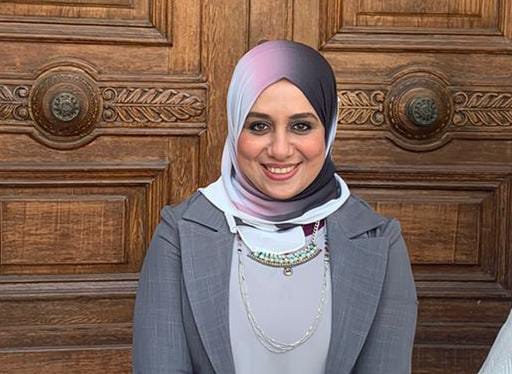Bipolar disorder (BD) is a chronic condition characterized by episodes of mania or hypomania alternating with depression. It is often misdiagnosed and is classified as bipolar disorder in the International Classification of Diseases, 10th Revision (ICD-10) and the International Classification of Diseases, 11th Revision (ICD-11). Bipolar disorder consists of four main types: bipolar I disorder, bipolar II disorder, and cyclothymic disorder, with bipolar I and II disorders being more prevalent. The World Health Organization found similar prevalence rates and comorbidities in bipolar spectrum disorder. Treatment involves pharmacotherapy and psychosocial interventions, but mood relapse and incomplete responses may occur. Continual reevaluation and treatment modification are common.
Etiology
Bipolar disorder (BD) is a condition characterized by a combination of genetic, epigenetic, neurochemical, and environmental factors. It is linked to various life events, including childhood maltreatment, childbirth, divorce, unemployment, disability, and early parental loss. The etiology involves imbalances in monoaminergic neurotransmitters and intracellular signaling systems that regulate mood. Neuroimaging studies show a diffuse pattern of brain alterations in individuals with BD, including smaller subcortical volumes, lower cortical thickness, and altered white matter integrity.
Effect of gender and mood swings in women with bipolar disorder.
Bipolar disorder presents differently in women and men, with women experiencing depressive episodes, mixed mania, and rapid cycling more frequently. Comorbidities like thyroid disease, migraine, obesity, and anxiety disorders are more common in women, while substance use disorders are more common in men.
Although gender doesn’t affect treatment response to mood stabilizers, women may be more susceptible to delayed diagnosis and treatment. Pregnancy and lactation can be challenging due to potential risks to the developing fetus and infant. Individualized risk/benefit assessments are needed to promote women’s health and minimize adverse medication effects.
How Bipolar Symptoms Differ in Females:
The DSM-5-TR (Diagnostic and Statistical Manual of Mental Disorders, Fifth Edition) states that a diagnosis of bipolar disorder requires at least one episode of mania or hypomania, a “high” mood. Symptoms include feeling high, increased energy, self-esteem, reduced sleep, and increased risk-taking.
Unlike mania, depression is common in bipolar disorder, with 75% of females experiencing a depressive episode as the first sign. Symptoms include sadness, slow speech, restlessness, appetite changes, loss of interest, hopelessness, difficulty concentrating, sleep problems, and thoughts of suicide. Severe episodes can lead to bipolar disorder.
Diagnosis
A comprehensive assessment of women with bipolar disorder (BD) is crucial for management. It involves a psychiatric and medical history, family and social history, and mental status exam. It’s important to identify hypomanic or manic symptoms, as they may not be recognized by the patient. Structured clinical interviews can improve the identification of BD. The diagnosis of bipolar II disorder impacts treatment options. The assessment also includes menstrual and reproductive history, mood or psychotic symptoms, and hormonal treatments.
Treatment
Bipolar disorder treatment is complex due to inconsistent guidelines. A meta-consensus model is needed for effective management. Initial treatment involves stabilizing the patient, providing a calming environment, and using benzodiazepines with mood stabilizers and antipsychotics. Combination treatments, electroconvulsive therapy, and cognitive behavioral therapy can be used. Antidepressant medications should not be used as monotherapy due to lack of evidence.
Take-home message
Psychoeducation is recommended for patients and family members to manage depression and mania, improve medication adherence, and improve lifestyle choices. Patients should avoid stimulants, exercise regularly, and practice sleep hygiene. Providers should maximize therapeutic alliance, convey empathy, and monitor symptoms to reduce suicidal ideation and improve treatment outcomes.
Read Also: Early Signs of Schizophrenia in Female
References
Jain, A., & Mitra, P. (2023). Bipolar disorder. In StatPearls. StatPearls Publishing. Retrieved January 2024, from https://www.ncbi.nlm.nih.gov/books/NBK558998/
Parial S. (2015). Bipolar disorder in women. Indian journal of psychiatry, 57(Suppl 2), S252–S263. https://doi.org/10.4103/0019-5545.161488.
Arnold L. M. (2003). Gender differences in bipolar disorder. The Psychiatric clinics of North America, 26(3), 595–620. https://doi.org/10.1016/s0193-953x(03)00036-4








